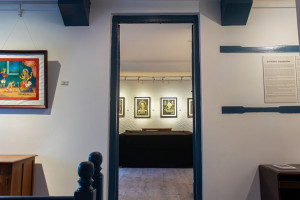Arts
Honouring a trailblazer
Museum of Nepali Art looks back on the contributions of German conservation architect and artist Wolfgang Korn.
Urza Acharya
Museum of Nepali Art (MoNA) is nestled inside the heart of Thamel. As you enter Kathmandu Guest House (KGH), the hustle-bustle of Thamel bazaar takes a back seat, and you enter a space that is wide and calming. MoNA is housed in an underground space of KGH. It features a permanent collection of exhibits—from the symbolic blue hues of Asha Dangol’s ‘Union in Destruction’ to the calming aura of Lain Singh Bangdel’s ‘Sigh’, among many others.
The corner left of the museum, however, has taken up a more short-term arrngement. Artworks and architectural maps by German conservation architect and author Wolfgang Korn are on display from March 10 to 18. Wolfgang Korn is not an unfamiliar name in Kathmandu, especially in the art and architecture scene.
Korn first came to Nepal in 1968, some 55 years back, under the German Development Services’ summer project. Initially, he planned to leave for West Africa, but fate clearly had other plans for him. When he first entered the valley, Korn reveals that he felt like he had been “cast head first into all the complexity of a medieval town.” Korn was in awe of the amazing Malla-period architecture—from the majestic temples to the stupas and small chaityas. He recalls being captivated by the Char Narayan Temple in Patan Durbar Square. Korn documented maps of many heritage sites, beginning with nothing but a folding ruler, measuring tape, notebook and pencil. “I grasped the distinctiveness of Newa architecture: you need only two materials to build a unique style of buildings: wood/timber and mud,” he revealed, via email.
Ever since, Korn has come back to Nepal on several occasions, and each time, he makes sure to document and promote Newa architectural sites. From his 1976 book ‘The Traditional Architecture of the Kathmandu Valley’ to the more recent ‘Erotic Carvings Of The Kathmandu Valley Found On Struts of Newa Temples’, Korn has championed the marvels of the valley’s indigenous architecture styles in Nepal and all over the world.
Going back to the exhibition at MoNA, it features prints of Korn’s architectural maps of prominent temples and sites within Kathmandu, like the Kasthamandap Temple, Maju Dega and Chhyusa Bahal. “Without the blueprint created by Wolfgang Korn, the restoration of the Kasthamandap Temple would’ve been impossible. Nepalis really have to learn to appreciate what he has done for us,” says Rajan Sakya, director of MoNA.
The drawings are craftfully composed, Korn’s many years as an architect are reflected in the symmetry and the precision in the prints. The iconic map of Kasthamandap is the centrepiece of the exhibition; its large size, elevated red backdrop and central lighting give it an aura of sublimity. The map denotes documented history, one that proved to be of utmost importance, especially after the 2015 earthquake destroyed many of our beloved heritage sites.
Opposite the big Kasthamandap drawing is a video projection in which Korn details his journey of mapping Newa architecture throughout the years.
The exhibition also feels like Korn’s attempt to break free from the idea of him simply being an architect. In fact, the more refreshing pieces are his acrylic and watercolour cityscapes that he has painted over several years. “I wanted to try working with colours at home in Germany. So, I joined classes and seminars to help me find my way. But I’ve been pretty flexible in choosing a style,” he says.
These paintings feature a serene scape—the charm of European architecture mingled with the colours of the seasons gives his work a kind of nostalgia. The paintings are accompanied by photos of him at Venice, Germany and even Laos, which add to the paintings.
Similarly, there are also anatomical drawings of the human body— ‘Sonya’ and ‘Rolf III’—that are minimalistic but pleasant. Some are made from watercolour, whereas others are of charcoal.
Jenisha Maharjan, manager at MoNA revealed that the earnings from the exhibition will fund Kang’s upcoming fifth book ‘Dedicated lines, inspired colours’. “Korn has put his watercolour and charcoal works from his student days, along with the maps, so he can raise some funds for his book,” she says.
Korn’s first book ‘The Traditional Architecture of the Kathmandu Valley’ which was published in 1968, is a holy grail for any architecture student interested in Newa architecture. It’s actually taught under the curriculum in engineering schools. The team at MoNA want to continue the influence Korn has had on architecture students in Kathmandu. “We’re trying to set up a meet for the students where they can sit and ask him questions,” she says.
Maharjan also said that MoNA wanted students to come to see the exhibition, although the Rs 500 ticket (50 percent off if one can show their student ID) might cause hindrances as not many students have the financial resources to pitch good money for an art exhibition. MoNA goes against the norm in that sense as most galleries in Kathmandu are free to visit or charge a minimal fee.
The exhibition also feels a little out-of-place within the space, as it’s not particularly in a different room but in one section of the museum, which is already filled with an overwhelming amount of artworks. Though one could argue that MoNA is doing away with the idea of the white-cube gallery, the maximalist frames and red colour in the walls do take away from the artworks—especially the acrylic and watercolour ones.
However, MoNA still champions the fact that celebrating Korn’s contribution to the documentation of multiple temples and stupas in Kathmandu can inspire interested students to follow suit. “If we could get even one architecture student to work with a Guthi and document the temples, we wouldn’t have to go through the painful process of rebuilding as we did in 2015,” says Sakya adding that by making a blueprint of the temples, the students get to practice their craft whereas the Guthis and in turn, the government receives a valuable document that can be used for preservation and restoration.
Despite its misgivings, the fact that MoNA has chosen to recognise a person whose contribution to Nepali art and architecture is commendable. Wolfgang Korn’s hand-drawn blueprints are, to put it simply, one of the pillars for the conservation of traditional Newa sites. However, MoNA should certainly find ways to add gravitas to the upcoming exhibitions, perhaps by giving it more space and, of course, by making it more accessible to the general public.
The exhibition will continue till March 18.




 8.12°C Kathmandu
8.12°C Kathmandu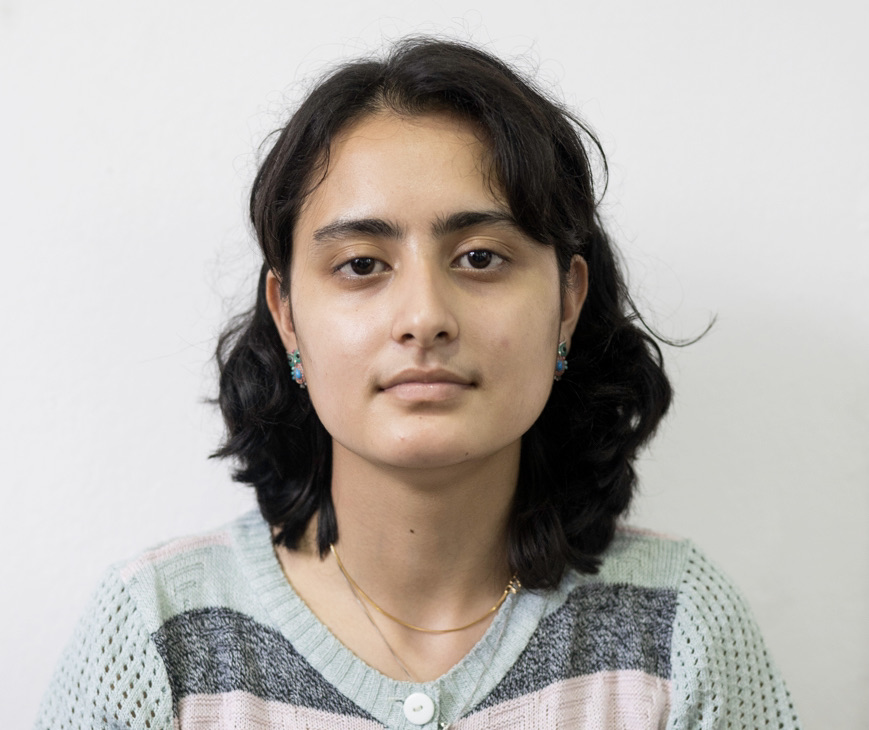
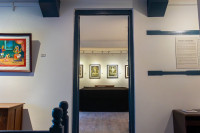
%20(1).jpg&w=200&height=120)
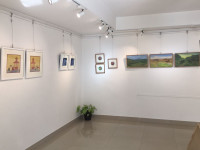
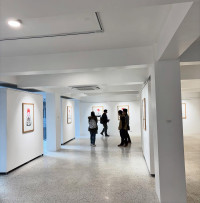
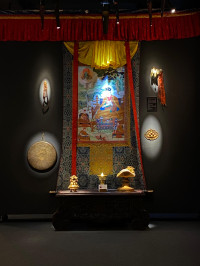
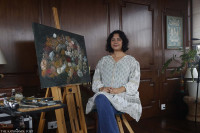
%20(1).jpg&w=300&height=200)
